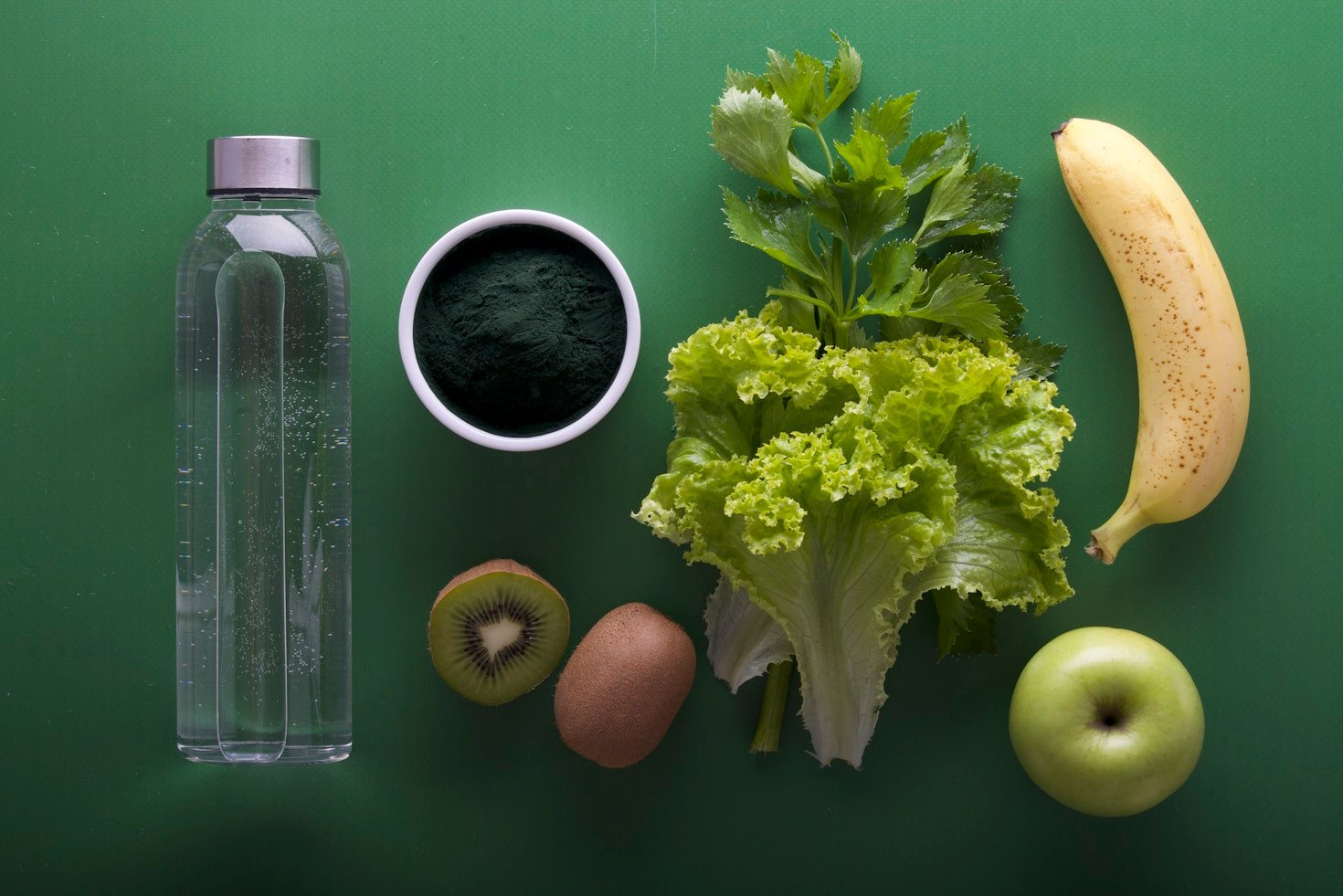Vital Health Letters delivers clear, trustworthy insights on health, wellness, and vitality.
Why what you eat shapes how you feel, think, and live
When it comes to achieving optimal health, there’s one foundational factor that cannot be ignored: nutrition. What you put on your plate has a direct impact on your energy, immunity, mood, and long-term well-being.
The truth is, food isn’t just fuel—it’s information for your body. The right nutrients help you function at your best, while poor dietary habits can contribute to fatigue, illness, and chronic conditions. Let’s explore how nutrition plays a powerful role in reaching and maintaining peak health.


1. Nutrition Fuels Every Cell in Your Body
Your body is a complex system made up of trillions of cells, and those cells need the right nutrients to grow, repair, and function properly. Carbohydrates provide energy, proteins help rebuild tissues, healthy fats support brain and hormone function, and vitamins and minerals keep your systems in balance.
A well-balanced diet is like giving your body premium fuel—it runs better, longer, and cleaner.
2. Strong Nutrition = Strong Immune System
A healthy immune system starts with what’s on your fork. Certain nutrients are essential for protecting the body from viruses, bacteria, and inflammation:
- Vitamin C (found in citrus, bell peppers, and greens) supports white blood cell function
- Zinc (nuts, seeds, legumes) helps fight infections
- Vitamin D supports immune response and inflammation control
Eating a variety of whole, colorful foods strengthens your natural defenses.
3. Good Food, Good Mood
What you eat affects your brain chemistry—and therefore your mood, focus, and emotional well-being. Nutrient-dense foods:
- Stabilize blood sugar, preventing mood swings and energy crashes
- Support gut health, which influences serotonin (the “feel-good” hormone)
- Provide B vitamins and omega-3s, linked to reduced symptoms of anxiety and depression
The brain and body are deeply connected, and nutrition is the bridge between them.
4. Healthy Weight, Naturally
Nutrition is key to maintaining a healthy body weight—not through strict dieting, but through balance and awareness.
- Whole foods are more satiating and nutrient-rich than processed alternatives
- High-fiber foods improve digestion and keep you full longer
- Avoiding excess sugar and refined carbs helps prevent fat storage and insulin resistance
Focusing on nutrition—not restriction—leads to sustainable health and confidence.
5. Long-Term Disease Prevention
A nutrient-rich diet is one of the most powerful tools for preventing chronic diseases like heart disease, diabetes, and certain cancers.
- Leafy greens, berries, nuts, and legumes are rich in antioxidants
- Healthy fats (avocados, olive oil, seeds) support heart health
- Reducing processed foods, sugars, and additives lowers your risk of inflammation-based illnesses
The sooner you prioritize nutrition, the more you protect your future health.
6. Peak Performance & Daily Energy
Ever notice how sluggish you feel after a heavy, greasy meal? The foods you eat directly affect your:
- Mental clarity and focus
- Stamina and physical performance
- Energy levels throughout the day
Nourishing your body with whole, unprocessed foods helps you operate at full capacity—whether at work, in the gym, or with your family.
How to Start Eating for Peak Health
Getting started doesn’t mean overhauling your entire diet overnight. Try these simple steps:
- Prioritize whole foods: fruits, vegetables, whole grains, nuts, seeds, and lean proteins
- Stay hydrated: water is essential for every body system
- Reduce processed and sugary foods gradually
- Listen to your body: eat when hungry, stop when full
- Cook at home more often to control ingredients and portions
Final Thoughts
Achieving peak health isn’t about chasing perfection—it’s about building a lifestyle that supports your body, mind, and energy from the inside out. Nutrition is one of the most powerful, natural tools you have to thrive.
Eat well, live well, and remember: every bite is a step toward your best self.As you move toward the midpoint of the article, this paragraph provides an opportunity to connect earlier ideas with new insights. Use this space to present alternative perspectives or address potential questions readers might have. Strike a balance between depth and readability, ensuring the information remains digestible. This section can also serve as a transition to the closing points, maintaining momentum as you steer the discussion to its final stages.
Wrapping Up with Key Insights
In this concluding paragraph, summarize the key takeaways from your article, reinforcing the most important ideas discussed. Encourage readers to reflect on the insights shared, or offer actionable advice they can apply in their own lives. This is your chance to leave a lasting impression, so make sure your closing thoughts are impactful and memorable. A strong conclusion not only ties the article together but also inspires readers to engage further.


Leave a Reply